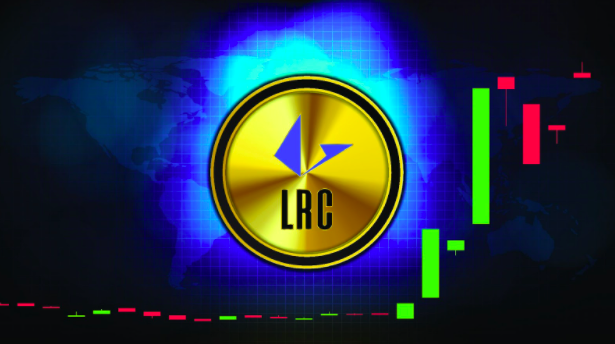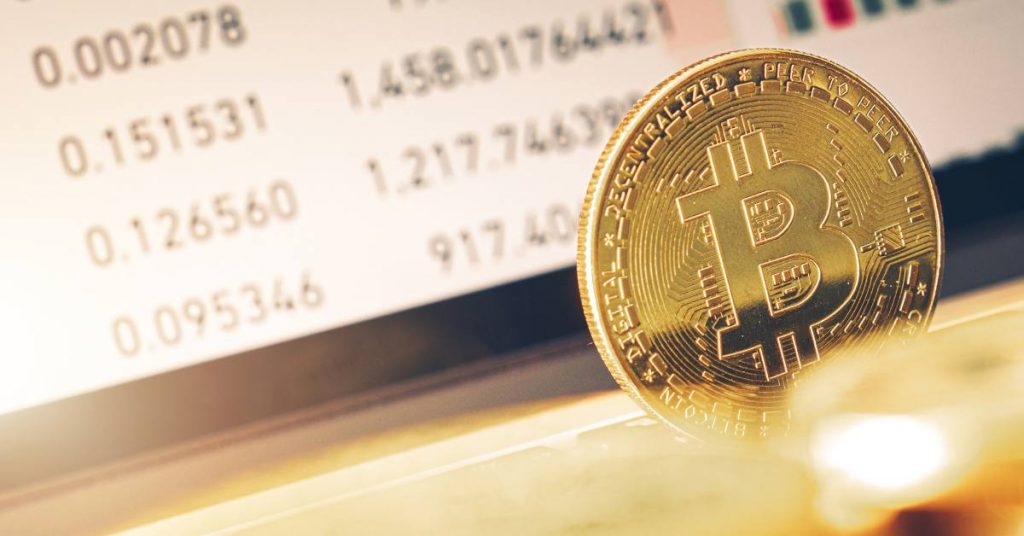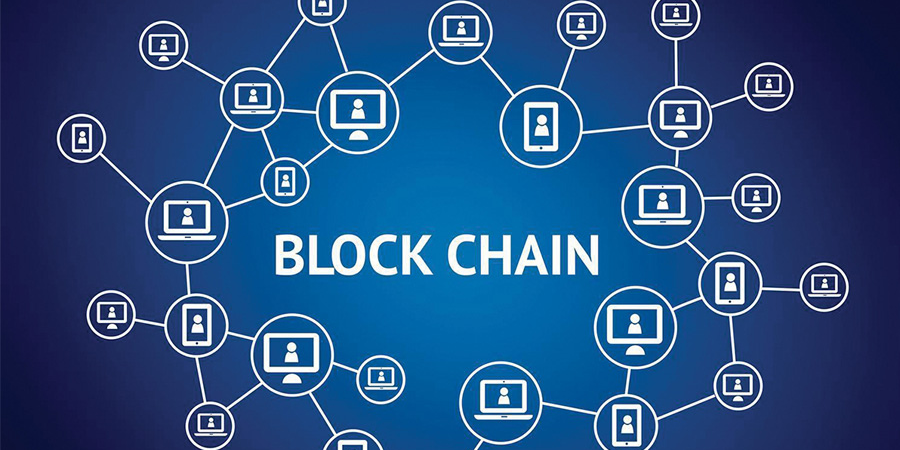Globally, cryptocurrency exchanges have struggled with slow speeds, high information storage costs, and information security-related challenges. To address these challenges, the Ethereum network is increasingly being used to develop innovative solutions in the crypto world.
One such effort that has gained attention recently is the Loopring protocol project. Let us understand the project in more detail.
What is Loopring?
It is an effort to strengthen the larger decentralized finance (DeFi) ecosystem, using the Ethereum network. The central premise of the project is that users need not choose between the two essentials of high performance and robust security. Accordingly, Loopring aims to provide high-speed trading, exchange, and payments platforms for an affordable fee.
With the rise in popularity of Ethereum, its network repeatedly gets congested leading to high fees and, at times, even longer delays for the execution of transactions, which creates a strong case for the Loopring protocol to rapidly grow.
Loopring promises to solve all these issues with a new type of cryptography called “zero-knowledge rollups” or “zkRollups.” The “zero knowledge” nature of transactions using Loopring means completing an exchange or transaction without actually sharing data while still being able to submit adequate proof for the transaction.
Accordingly, as more and more investors understood the importance of the project and the promise it offered, the price of the LRC, the Loopring currency, soared, recently reaching over INR 250 per coin.
What drives the demand for the LRC?
The LRC crypto is inflationary, meaning there will be a limited supply of the LRC coins over time. The total number of LRC coins cannot exceed 1395 million. Moreover, 10% of the fees earned by the Loopring project are utilized to keep the LRC supply under check.
Any entity that wants to use the Loopring protocol to run a decentralized exchange has to lock 250,000 LRC coins as a kind of collateral for the exchange. If they fail to operate efficiently, the protocol can confiscate the locked tokens and distribute them among other users.
In other words, healthy competition will be set in motion for the exchanges to provide the best services. As the adoption of the protocol goes up, more and more coins will be locked. As there is a limited supply of the coins, the demand will go up whereas the supply will reduce over time, thereby giving a boost to the value of the Loopring coin.
How to invest in the Loopring coin?
To invest in this promising technology, you must settle on a reliable cryptocurrency exchange in India. With the rise in the number of cryptocurrency investors and exchanges in India, utmost attention should be paid to the data and insights that a particular exchange provides to its users to make their trades well-informed and profitable.
Moreover, with the discussions about the regulatory system for cryptocurrency firming up in India, choose an exchange that has a prominent voice in the ecosystem.
What Is Loopring? What Is LRC Used For?




